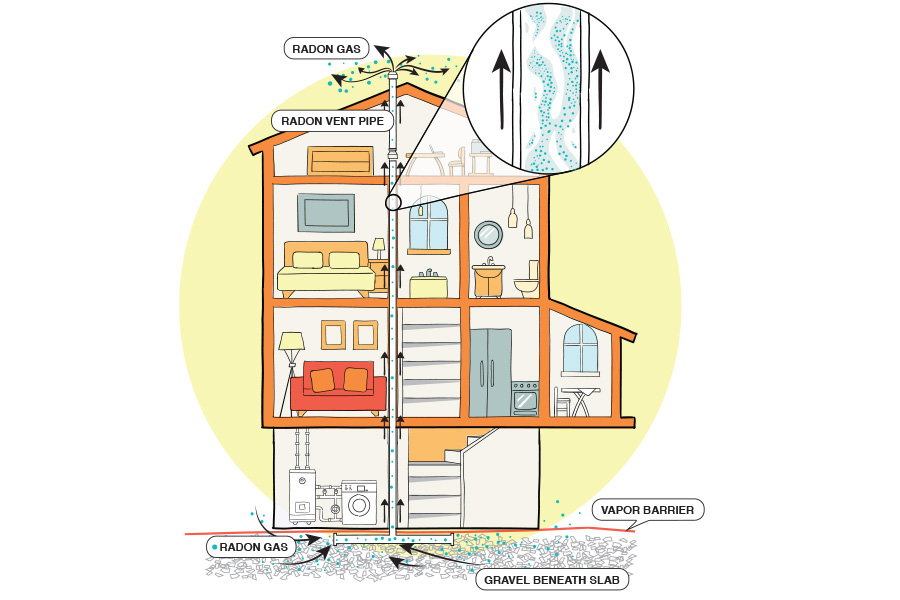By Dan Rahn
University of Georgia
If you don’t like the weather we’ve been having in Georgia this
summer, you probably won’t like the forecast. The Southeast
Climate Consortium’s late-summer climate outlook for Georgia,
Florida and Alabama calls for more of the same.
Neutral conditions, or sea surface temperatures near normal in
the tropical Pacific Ocean, will continue for the foreseeable
future, said Joel Paz, a Cooperative Extension agrometeorologist
with the University of Georgia College of Agricultural and
Environmental Sciences.
Paz tracks climate patterns as part of a team of researchers who
offer advice on neutral, El Niño and La Niña phases through the
SECC. The group, which includes Florida’s state climatologist
David Zierden and his Georgia counterpart David Stooksbury,
shares its weather knowledge online at www.agclimate.org.
“After brief La Niña-like conditions last winter and spring, sea
surface temperatures in the tropical Pacific Ocean returned to
normal in April,” Paz said. “These temperatures should remain in
the normal range for the rest of the summer and into the fall.”
More of the same
Generally, that means continued variable temperature and rainfall
patterns.
The mild La Niña helped dry out the Southeast during the late
winter and spring, Paz said. But it dissipated at the end of
April and “hasn’t been a player in our climate patterns over the
past two months.”
Tropical Storm Alberto brought beneficial rains to southeast
Georgia in mid-June. But the seasonal summer rains since then
have been very scattered and inconsistent in most of the state,
he said.
“Between the La Niña winter and spring and the very dry early
summer, year-to-date rainfall deficits are high,” Paz said. These
deficits have caused critically low soil moisture levels for
agriculture and other interests.
Variable
Predicting the summer climate for the Southeast as hot and humid
is usually a pretty safe bet. “However, summer rainfall amounts
can be highly variable, both in the year-to-year totals and in
the spatial coverage,” Paz said.
Monitoring Pacific Ocean surface temperatures helps predict the
climate in the winter and spring. “But the influence of the
Pacific is generally much weaker during the summer,” Paz said.
For the rest of the summer, expect conditions to stay relatively
stable, he said. Georgia may remain fairly dry.
Summer evapotranspiration rates typically exceed rainfall in
Georgia. So expect soil moisture, surface and groundwater levels
to remain low, even with a return to normal rainfall.
Look for the tropics to begin heating up, too, he said, and
bringing beneficial rainfall to all or parts of the region.
“Everyone hopes to avoid a direct hit from a damaging hurricane,”
he said. “But rainfall from tropical systems is a vital element
of our late summer and fall climate.”
The 2006 tropical season has gotten off to a slow start compared
to last year, Paz said. But it’s likely to be another active one,
according to Dr. William Gray and National Oceanic and
Atmospheric Administration experts.
The slow start this year is typical of the usual tropical season,
he said. Activity usually begins in earnest in August and
especially September.
(Dan Rahn is a news editor with the University of Georgia
College of Agricultural and Environmental Sciences.)




